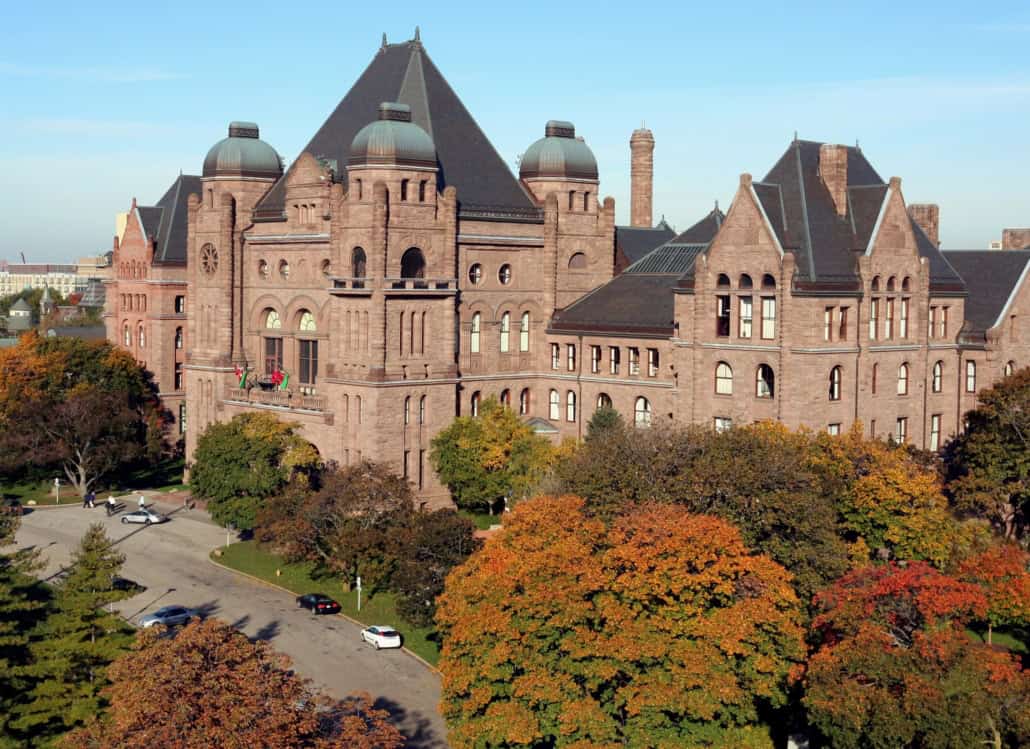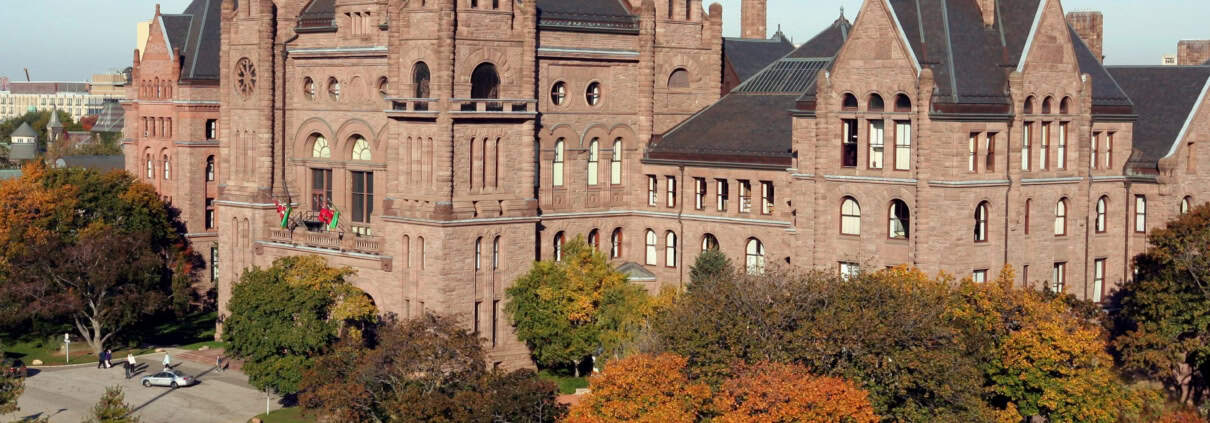Ontario tables $17 billion COVID-19 stimulus package with economic update

The COVID-19 crisis and ensuing shutdown of entire economies across the globe has sent governments scrambling to respond.
From providing aid to individuals to supporting devastated businesses, stimulus packages have been organized at an unprecedented pace to boost market liquidity, mitigate shocking spikes in unemployment and stave off an even more widespread recession. It’s in that environment that the Ontario government yesterday tabled an economic and fiscal update detailing a plan to help the province survive the coronavirus outbreak—and still have a viable economy left once the worst is over.
When that will be is anyone’s guess. To say the province’s current economic situation is grim would be a gross understatement. Uncertainty reigns supreme and the only mildly reassuring notion is that virtually every other developed economy is in just as bad shape as ours. Queen’s Park is now predicting zero growth in real GDP for 2020. As a result of the response to the coronavirus outbreak, the government is forecasting a deficit of $20.5 billion for 2020–21, up from a projected $9.2 billion in 2019–20.
Queen’s Park’s $17 billion COVID-19 action plan includes $3.3 billion in additional funding for healthcare—everything from increased hospital capacity to long-term investments in public health and a dedicated $1 billion COVID‑19 contingency fund—$3.7 billion to support individual Ontarians and businesses affected by the pandemic and a further $10 billion in tax and other deferrals. This is in addition to a staggering $107 billion federal stimulus package passed this week that offers $55 billion in tax deferrals and $52 billion in direct support to Canadians.
The Ford government is proposing to:
- Introduce a temporary, retroactive increase to the Employer Health Tax exemption from $490,000 to $1 million for 2020, providing relief of up to $9,945 per eligible employer. The measure would cut taxes by about by $355 million for roughly 57,000 employers across the province
- Extend payment deadlines by five months for most provincially-administered taxes (interest and penalties would be waived in that period), providing an estimated $6 billion in liquidity for cash-strapped businesses
- Introduce a new 10 per cent refundable Corporate Income Tax credit—the Regional Opportunities Investment Tax Credit—for capital investments made by eligible Canadian-controlled private corporations in specified areas of the province
- Allow employers to defer Workplace Safety and Insurance Board premiums for up to six months
- Reduce electricity bills for residential, farm and small business consumers through a $1.5 billion increase in electricity cost relief (as compared to the 2019 budget), while offering off-peak electricity pricing to consumers for 45 days
- Provide a one-time $200 payment per child up to 12 years of age, and $250 for those with special needs
- Defer the upcoming quarterly remittance of education property tax to school boards by 90 days. The government says the move will allow municipalities to provide property tax deferrals of more than $1.8 billion, while still funding school boards
- Double the Guaranteed Annual Income System maximum payment to $166 per month for individuals and $332 per month for couples for six months, starting in April 2020. The $75 million in support would benefit more than 194,000 low-income seniors
- Defer Ontario Student Assistance Program loan and interest accrual for six months
- Provide $26 million in funding for Indigenous people and communities
- Expand eligibility for the Low‑income Energy Assistance Program to help families pay their home energy bills, providing $9 million in support
The government is promising that this package will be only the first wave of financial relief for the struggling province—particularly if the crisis is protracted, as many health officials are predicting—and social distancing measures force a continued shutdown across many industries. Businesses are already on their knees and it’s only a matter of time (assuming ongoing levels of extreme economic distress) that even organizations with strong balance sheets will face major economic hardship, even bankruptcy.
On a positive note, governments are showing no reluctance to implement unprecedented stimulus measures to keep businesses afloat through the worst of this crisis. How we’ll manage the tsunami of debt and deficits to follow remains as uncertain as the potential end date of the pandemic, but for now the focus is on business survival and continuity.
We have little choice but to worry about paying the bill later.
Armando Iannuzzi, Co-Managing Partner


